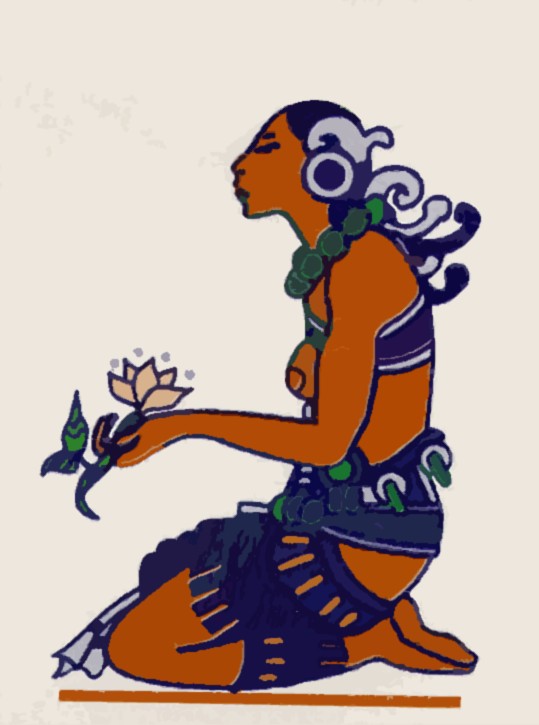Combining the Feminist Movement and the Environmental Movement:
Ecofeminism:
The term “ecofeminism” was coined by Françoise d’Eaubonne in 1974 and combines the philosophies of environmentalism and feminism. There are multiple different schools of ecofeminism. The ecofeminism movement was founded based on the belief that, stemming from the same social mentality, the environment (nature), like women, has been oppressed in a patriarchal system. More specifically, as women constitute the subordinate group in the gender hierarchical polarization, the environment is the subordinate group in the human/nature hierarchical polarization. Because of traditional ideology, stereotypes, and biological make-up, traits and functions such as passivity, nurturing, and reproduction are ascribed to both women and nature (van der Veen). This commonality has allowed the institutionalization and perseverance of a patriarchal society.

(http://sdaenvironmentalism.files.wordpress.com/2009/04/goddess.jpg)
Combining the Feminist Movement, the Anti-Racist Movement, and the Anti-Classist Movement:
NOW:
Founded in 1966, the National Organization for Women (NOW) describes itself as "one of the few multi-issue progressive organizations in the United States" and takes a stand against all oppression ("About NOW"). It includes anti-homophobia, anti-racism, and economic justice (anti-classism) (among others) as part of its platform issues. It seeks to diversify its movement so that the experiences of all women, straight or lesbian, rich or poor, white or colored, are considered and implemented into the movement. The feminist movement was not always so inclusive. In fact, because of its exclusivity and narrow-mindedness, colored women began to speak out against the feminist movement as being ethnocentric (Mohanty 49). Perhaps the most famous historical example was Sojourner Truth’s “Ain’t I a Woman?” speech to white feminists at the 1851 Women’s Convention in Akron, Ohio. Black women were often excluded from feminist events, and they recognized that the oppression they suffered was of much greater magnitude than the oppression felt by white females because black females belong to two socially-constructed subordinate hierarchical polarization groups: the colored group and the female group. In fact, white female feminists were far more prejudiced toward black females than they were toward black males (hooks 130). After decades of exclusion, the feminist movement has finally become more inclusive as it was realized that racism and classism both resulted from the same wrongs as sexism, and that in order for the feminist movement to stay strong and gain momentum, it would need the support of all women.
References:
"About NOW." National Organization for Women. http://www.now.org/about.html. Accessed 4 April 2010.
hooks, bell. “Racism and feminism: the issue of accountability.” Ain’t I a Woman: Black Women andFeminism. Boston: South End Press, 1999. 119-158.
Mohanty, Chandra T., Ann Russo, and Lourdes Torres. “Introduction.” Third World Women and the Politics of Feminism. Bloomington: Indiana University Press, 1991. 1-50.
van der Veen, Wilma. ‘Ecofeminism.” http://stmarys.ca/~evanderveen/wvdv/environment/ecofeminism.htm. Accessed 2 April 2010.